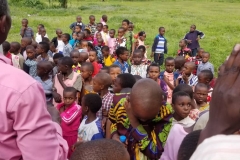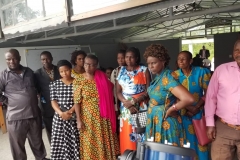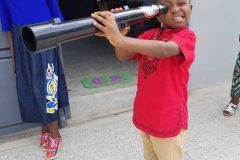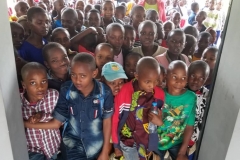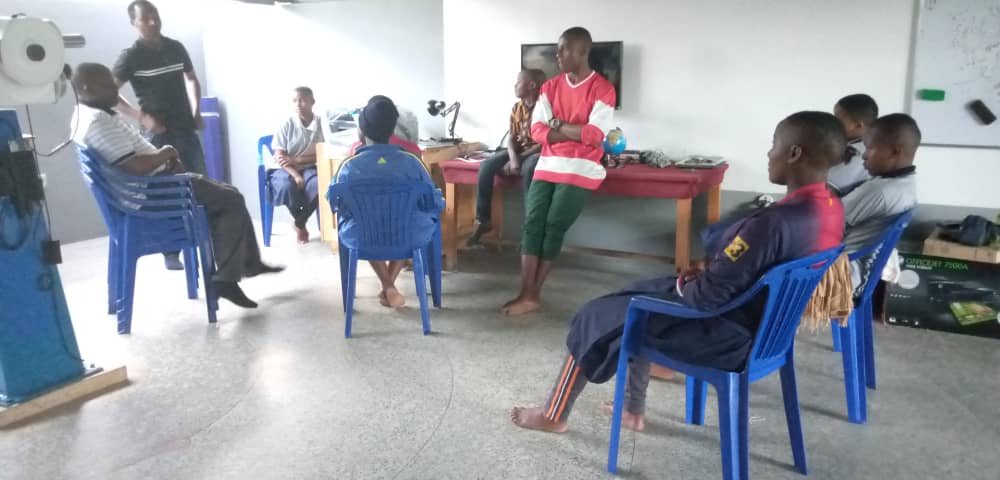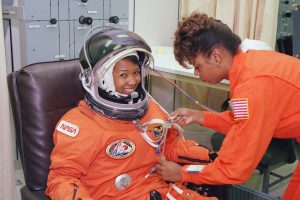 Shauku kubwa ya kutaka kujua iliwajaa wanafunzi wa shule ya Msining Ilboru mara baada ya kusikiliza kipindi cha macho angani kinachohusu wanaanga na safari zao za angani.
Shauku kubwa ya kutaka kujua iliwajaa wanafunzi wa shule ya Msining Ilboru mara baada ya kusikiliza kipindi cha macho angani kinachohusu wanaanga na safari zao za angani.
Kwa kushirikianana mwalimu wao Eliatosha Maleko, wanafunzi waliweza kujifunza kuhusu safari za anga na wanaanga waendao safari za mbali.
Kabla ya kipindi mwalimu alipakua na kuwaonyesha picha za wana anga mbali mbali akiwamo Yuri Gagarin na Neil Armstrong pamoja na vifaa walivyovitumia miaka hiyo ya 1961 na 1969.
Wanafunzi hawa pia waliweza kuona video ya kituo cha kimataifa kinachoelea angani kiitwacho ISS (International Space Station).
Wanafunzi walipata fursa ya kuuliza maswali yaliyopo hapa chini kuhusu kituo hicho na wanaanga. Sikiliza majibu ya baadhi ya maswali hayo kwa kubofya hapa na kisha hapa au hapo chini kabla ya maswali kusikiliza.
Unaweza kujifunza pamoja nasi kwa kusikiliza kipindi hiko hapa na kujaribu kujibu maswali ya wanafunzi wewe mwenyewe.
Swali liliulizwa na Clara Elirehema
-Kwanini Yuri Gagarin alifanikiwa kuizunguka dunia kwa muda mfupi ikilinganishwa na Wanasayansi wengine kwani chombo chake kilichokuwa ni bora kuliko hivi vinavyotengeneza nyakati hizi za karne ya 21?
Elen Emanuel aliuliza
-Kwanini ni lazima kuwa na afya njema ili uweze kwenda/ kusafiri katika kituo cha anga cha kimataifa cha ISS ?.
-Kwanini Yurigagar alisema kwamba alikua akikaa tu katika chumba chake bila kufanya chochote ina maana gani?
-Inawezekanaje kituo hicho cha ISS kujengwa angani vifaa hivyo vilifika je huko?.
Yugen Elias aliuliza
-Kama angani hamna hewa wanaanga wanavutaje hewa wanapofika katika kituo hicho cha Anga cha kimataifa na je huwa wanabeba gesi kwa ajili ya kupumulia na je huwa inapoisha wanapata wapi nyingine kwa haraka?
Irene aliuliza
-Wanaanga wanapofanya mazoezi mbalimbali kama ya kukimbia huelea angani au inakuwaje?.
-Kwani ni nilazima kuwa na degree ya Sayansi ili uweze kwenda katika chombo cha anga cha kimataifa na sio degree za masomo mengine kama arts na Economic?
Iddy Twahiru aliuliza
-Kwanini Yurigagar alikaa kwenye chombo kidogo kuliko gari na je vyombo vinavyotumika nyakati hizi huwa na ukubwa gani?
Jesca aliuliza
-Kwani vyombo vinavyotumika kwenda katika anga za mbali javigonga ni angani kwani twajua huko angani kuna vitu vingi kama vile mabomba yanakwenda kwa kasi kubwa na vitu vingine?
Neema Florence aliuliza
-Kwanini wana anga wanaweza kuishi na kufanya shughuli mbalimbali huko angani wakati hakuna graviti kama jinsi wanavyoonekana katika video ya wanasayansi katika kituo cha anga cha kimataifa wanavyofanya kazi zao?
-kwanini muda unatumika kufikia katika kituo cha anga cha kimataifa (ISS) ni mafupi kuliko ilivyokuwa zamani au sasa?
Happyness Edward aliuliza
-Kwanini Yurigagar katika mwaka 1961aliruka juu kwa muda mfupi kwa dakika 180 ambao ni mfupi kuliko muda unaotumika hivi sasa au vyombo vyake na vya karne hizi vinatofautianaje?
Vanessa Gasto aliuliza
-Je hizo Suti zinazotumika katika vyombo vinavyotumika amani , anatofautiana na suti za kawaida tuzijuazo?
-Hao wana anga wanaweza kutoka nje ya vyombo vyao na je wakitoka wanaweza kukabiliana na mazingira ya huko angani na je huweza kurudi tena ndani katika vyombo vyao?
Daniel Willfred aliuliza
-kwanini nje ya dunia kilometa 400 kutoka duniani hakuna hewa ya Oksijeni?.
Neema Florence aliuliza
-Kwanini wanaanga wanaweza kuishi na kufanya vitu mbalimbali wakati kunasemekana hakuna graviti kama ilivyokuwa hapa Duniani?
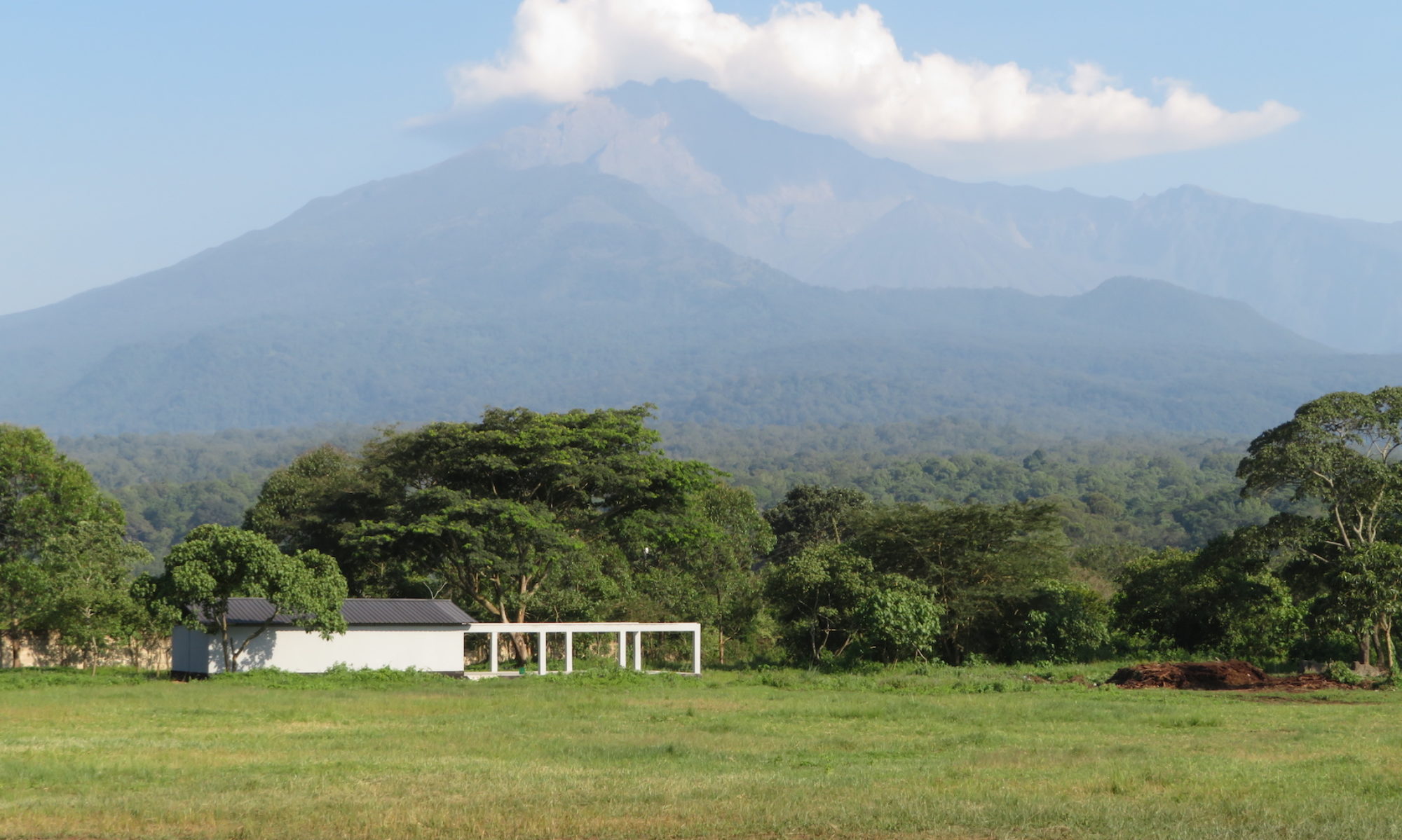
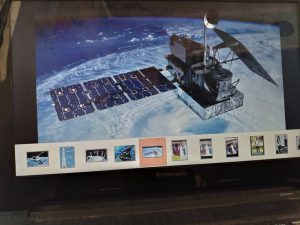
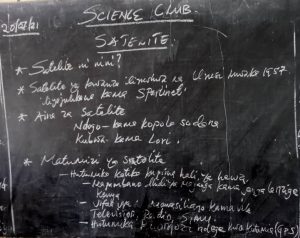
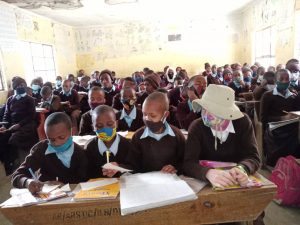
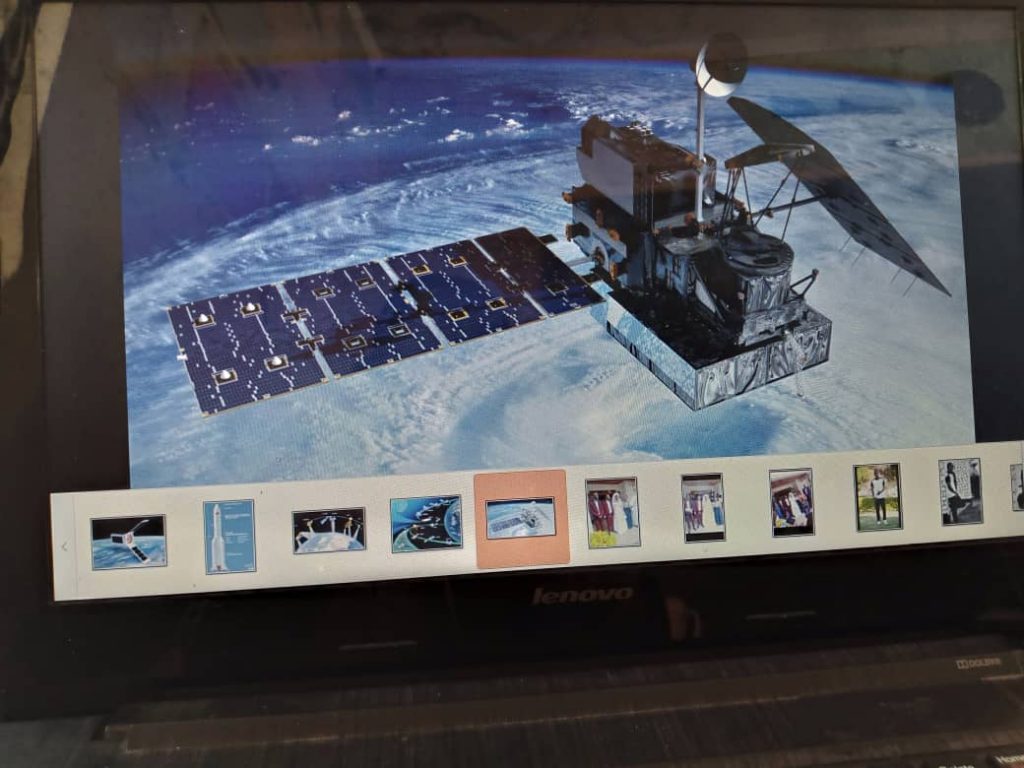
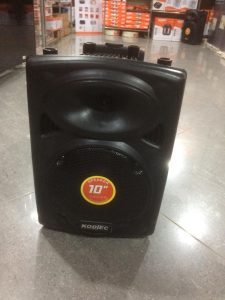
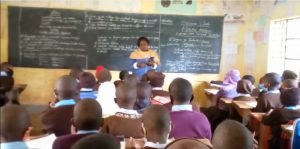

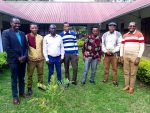

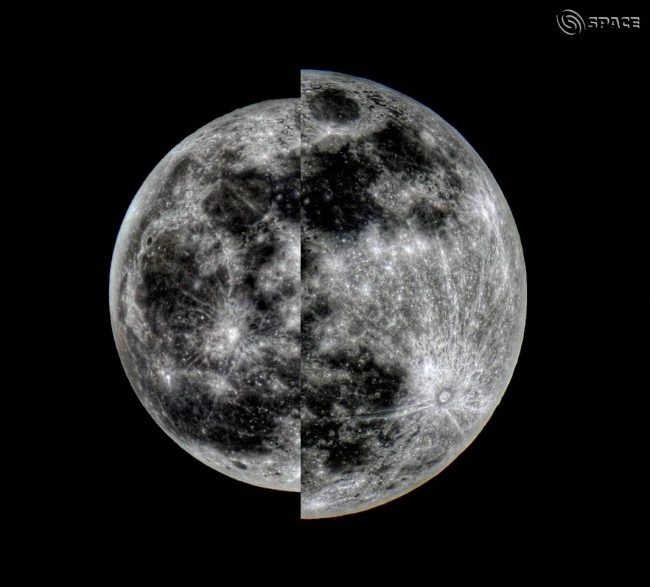
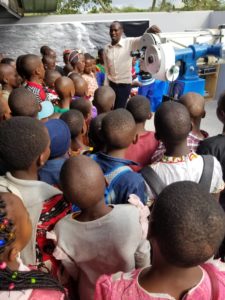 After a long, seemingly endless three months of rain, the sun has come out and the students have arrived –in droves!
After a long, seemingly endless three months of rain, the sun has come out and the students have arrived –in droves!